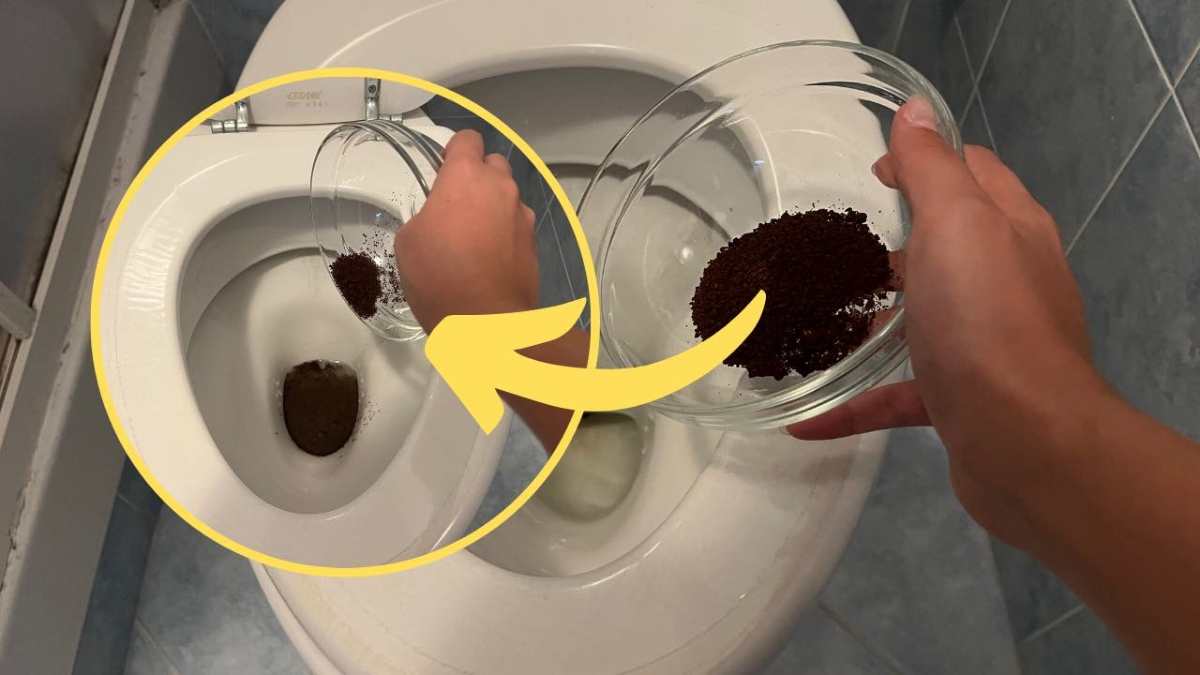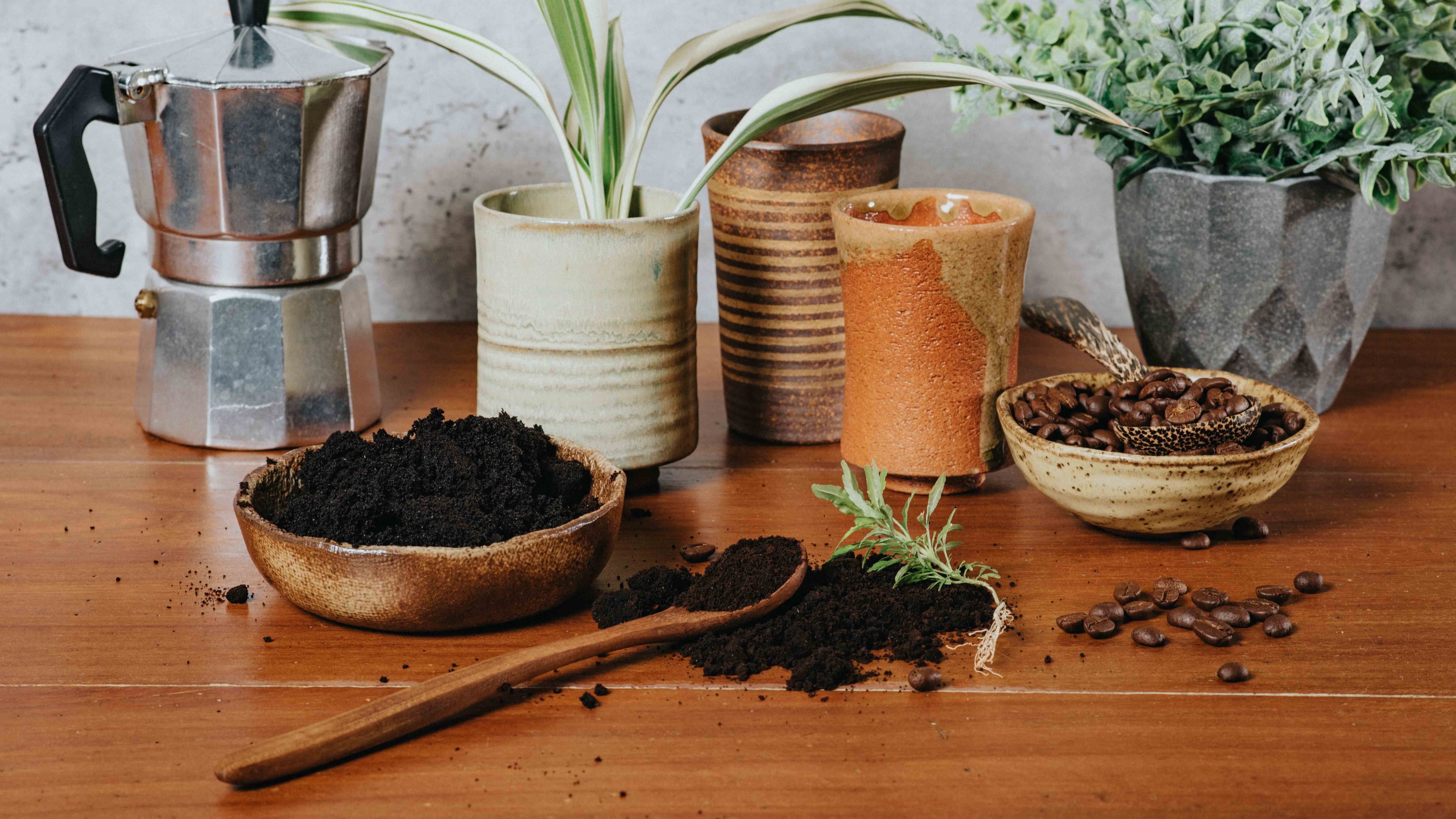Hey there, coffee lovers and plant enthusiasts! Have you ever wondered about marc de café dans les plantes or how coffee grounds can work wonders for your beloved green friends? Stick around because we're diving deep into the world of coffee and plants, uncovering secrets you didn’t even know existed. Whether you're a seasoned gardener or just starting your plant parenting journey, this guide will blow your mind with practical tips and fascinating insights. So grab your favorite mug, and let's get started!
First things first, coffee isn't just for us humans anymore. Plants have been loving the stuff too! The phrase "marc de café dans les plantes" might sound fancy, but it simply means using coffee grounds in your plants. This practice has been gaining traction among gardening enthusiasts worldwide, and for good reason. Coffee grounds offer a rich source of nutrients and can significantly enhance soil quality.
Now, you might be asking, "Is this really worth the hype?" The answer is a big fat yes! By the end of this article, you'll be armed with all the knowledge you need to make the most out of coffee grounds for your plants. Let's not waste any more time and jump right into it!
Read also:Alex O Connor Age
Understanding Coffee Grounds for Plants
Let’s break it down real quick. Coffee grounds are the leftover bits after you’ve brewed your morning coffee. But don’t toss them out just yet! They’re packed with nutrients like nitrogen, magnesium, and potassium, which are essential for plant growth. Plus, they improve soil structure and attract beneficial organisms like earthworms.
Why Should You Use Coffee Grounds?
There are tons of reasons to use coffee grounds in your garden. Here’s a quick rundown:
- Rich in Nutrients: Coffee grounds provide essential nutrients that plants need to thrive.
- Improves Soil Drainage: They help loosen up compacted soil, allowing roots to breathe.
- Encourages Worm Activity: Worms love coffee grounds, and they help aerate the soil while producing nutrient-rich castings.
- Pest Deterrent: Some pests don’t like the smell of coffee, making it a natural deterrent.
Benefits of Using Coffee Grounds in Plants
Alright, let’s dive deeper into the benefits. Using coffee grounds isn’t just about tossing them onto your soil. It’s about understanding how they can transform your garden into a thriving ecosystem. Here’s how:
Enhancing Soil Fertility
Coffee grounds add organic matter to the soil, which breaks down over time and releases nutrients slowly. This gradual release ensures that plants get a steady supply of food, promoting healthy growth. Plus, the organic matter improves water retention, so you won’t need to water your plants as frequently.
Types of Plants That Love Coffee Grounds
Not all plants are coffee fans, but many are! Acid-loving plants like azaleas, blueberries, and hydrangeas absolutely adore coffee grounds. They thrive in slightly acidic soil, and coffee grounds help achieve that perfect pH balance. On the flip side, plants like cacti and succulents may not appreciate the extra moisture, so it’s best to avoid using coffee grounds with them.
How to Identify Coffee-Friendly Plants
Here’s a quick guide to help you identify plants that love coffee grounds:
Read also:Mariah Carey Real Height
- Roses: These beauties thrive with a sprinkle of coffee grounds around their base.
- Tomatoes: Coffee grounds help prevent blossom end rot and promote healthy fruit development.
- Vegetable Gardens: Most veggies love the extra nutrients coffee grounds provide.
Applying Coffee Grounds Correctly
Now that you know the benefits, let’s talk about how to apply coffee grounds properly. It’s not as simple as dumping them on your plants and hoping for the best. There’s a method to the madness!
Composting Coffee Grounds
Composting is one of the best ways to use coffee grounds. Mix them with other organic materials like leaves and kitchen scraps to create a nutrient-rich compost. This compost can then be added to your garden beds, providing a steady supply of nutrients to your plants.
Common Misconceptions About Coffee Grounds
There are a few myths floating around about coffee grounds, so let’s clear the air. Some people believe that coffee grounds make the soil too acidic, but that’s not entirely true. While fresh coffee grounds are acidic, used grounds are close to neutral. Another misconception is that coffee grounds can harm plants, but when used correctly, they’re perfectly safe.
How to Avoid Overusing Coffee Grounds
Too much of a good thing can be bad, right? The same goes for coffee grounds. Overusing them can lead to issues like mold growth and nutrient imbalances. To avoid this, mix coffee grounds with other organic materials and avoid applying them too thickly on the soil surface.
Scientific Studies on Coffee Grounds in Plants
Let’s talk science for a moment. Studies have shown that coffee grounds can significantly improve soil quality and plant growth. For instance, a study published in the Journal of Horticulture found that plants grown in soil enriched with coffee grounds had better root systems and produced more flowers.
What the Experts Say
Experts in the field of horticulture agree that coffee grounds are a valuable addition to any garden. They recommend using them as part of a balanced approach to soil management, combining them with other organic amendments for optimal results.
DIY Tips for Using Coffee Grounds
Ready to get your hands dirty? Here are some DIY tips to help you make the most out of coffee grounds:
Making a Coffee Ground Tea
Create a nutrient-rich tea by soaking coffee grounds in water overnight. This liquid fertilizer can be applied directly to your plants, providing them with a quick boost of nutrients.
Environmental Impact of Coffee Grounds
Using coffee grounds in your garden isn’t just good for your plants; it’s also great for the environment. Instead of sending them to landfill, where they contribute to greenhouse gas emissions, you’re putting them to good use. It’s a win-win situation!
Sustainability in Gardening
By incorporating coffee grounds into your gardening routine, you’re taking a step towards more sustainable practices. This small change can have a big impact on the planet, reducing waste and promoting eco-friendly gardening.
Conclusion: Your Next Steps
So there you have it, folks! Coffee grounds are a gardener’s best friend, offering a wealth of benefits for your plants and the environment. Whether you’re composting, creating DIY fertilizers, or simply sprinkling them around your plants, coffee grounds can transform your garden into a lush paradise.
Now it’s your turn to take action! Share this article with your fellow plant lovers, leave a comment with your favorite coffee ground tips, and don’t forget to check out our other gardening guides. Happy planting!
Table of Contents
- Understanding Coffee Grounds for Plants
- Why Should You Use Coffee Grounds?
- Benefits of Using Coffee Grounds in Plants
- Enhancing Soil Fertility
- Types of Plants That Love Coffee Grounds
- How to Identify Coffee-Friendly Plants
- Applying Coffee Grounds Correctly
- Composting Coffee Grounds
- Common Misconceptions About Coffee Grounds
- How to Avoid Overusing Coffee Grounds
- Scientific Studies on Coffee Grounds in Plants
- What the Experts Say
- DIY Tips for Using Coffee Grounds
- Making a Coffee Ground Tea
- Environmental Impact of Coffee Grounds
- Sustainability in Gardening
- Conclusion: Your Next Steps


